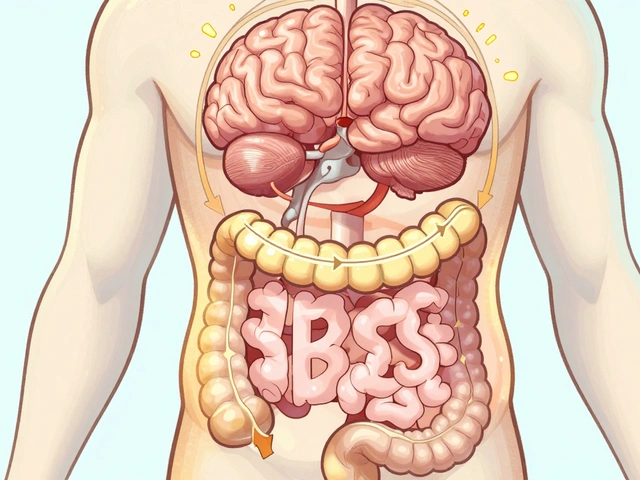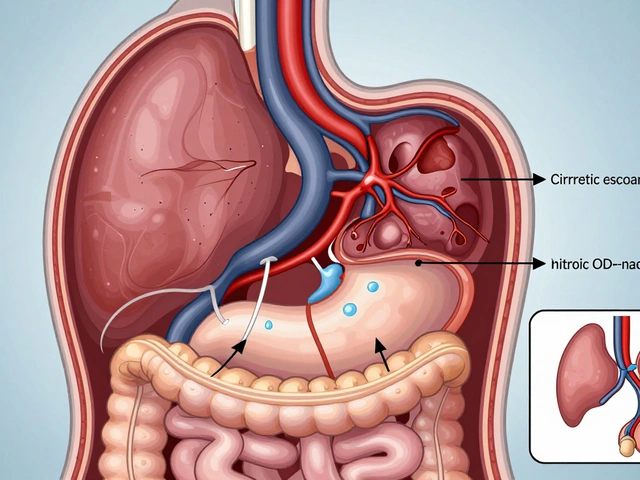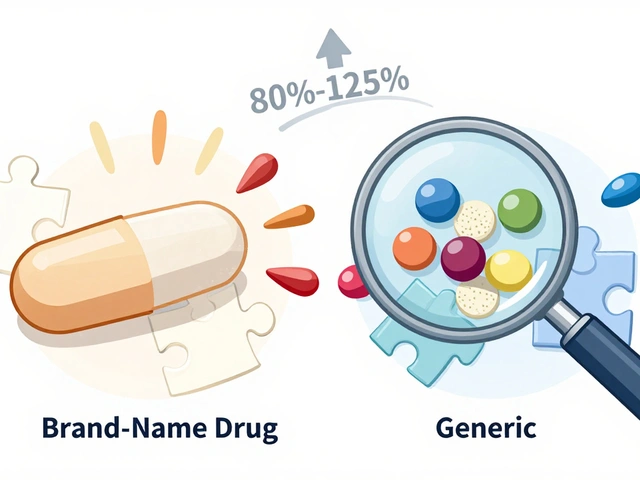Pharmacokinetic Parameters: What They Mean and Why They Matter for Your Medications
When you take a pill, your body doesn’t just let it sit there—it moves, changes, and gets rid of it in very specific ways. These movements are called pharmacokinetic parameters, the measurable processes that describe how a drug moves through your body over time. Also known as ADME, they stand for absorption, distribution, metabolism, and elimination. Without understanding these, you’re guessing how your medicine works—and that’s risky. Think of it like a delivery truck: the drug has to get into your bloodstream (absorption), reach the right places (distribution), get broken down (metabolism), and finally be flushed out (elimination). If any step goes wrong, the drug might not work, or worse, it could hurt you.
These parameters aren’t just for doctors. They affect you every time you take a pill. For example, if a drug is poorly absorbed, you might not feel its effect even if you take the right dose. If it’s metabolized too fast, you’ll need to take it more often. If it builds up because your liver can’t clear it, you could get side effects. That’s why drug metabolism, how your liver breaks down medications matters so much—especially if you’re on multiple drugs. A blood thinner like apixaban or warfarin can become dangerous if another drug slows its metabolism. Same with drug interactions, when one medicine changes how another behaves in your body. That’s why chemo drugs, statins, or even grapefruit can mess with your prescriptions. And drug distribution, how a drug spreads through your tissues and fluids explains why some meds work in the brain, others in the joints, and why some cross the placenta during pregnancy.
Knowing these basics helps you ask better questions. Why does your doctor tell you to take this drug on an empty stomach? Because food can block absorption. Why does your diuretic kick in so fast? Because torsemide has a quick onset time. Why are you told not to drink alcohol on methotrexate? Because alcohol changes how your liver processes it. These aren’t random rules—they’re tied directly to pharmacokinetic parameters. Even something as simple as a generic version of Lamictal or Zyrtec can behave differently if its formulation affects how quickly it dissolves in your gut. That’s why buying online isn’t just about price—it’s about whether the drug will behave the same way in your body.
What you’ll find in the posts below are real-life examples of how these invisible processes shape your health. From how digoxin builds up in heart failure patients, to why nitroglycerin works in seconds, to how apixaban is managed before surgery—every post ties back to these core parameters. You’ll learn how timing, dosage, and even food choices connect to what’s happening inside you. No jargon. No fluff. Just clear, practical info that helps you take control—not just of your meds, but of your body’s response to them.





